Crystallography
The research of the Section for Applied Crystallography of the LMU comprises a broad spectrum of different geoscientific topics:
Anorganic and biogenic geomaterials
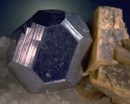
Applied Mineralogy
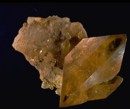
Disorder Crystallography

In conventional crystallography the spatial periodicity defines an ideally ordered state of basic structural units. In the real "crystal world", structural disorder includes the partial loss of the ideal long range order and/or occurrence of short range ordering, which both play a decisive role for crystal and, in consequence, for material properties.
Crystal Growth
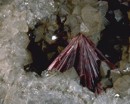
Single crystal growth of new materials to be used for basic research and aimed at technical applications is the focus of the crystal growth group. Methods of crystal growth from liquid phases (melt and solution growth) and from vapour (sublimation) are used and further developed for the preparation of complex metallic alloys and wide-gap semiconductors.
Surface Crystallography
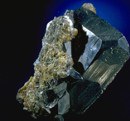
Numerous important reactions and processes (e.g., catalysis, crystal synthesis) strongly depend on the surface properties of the crystals involved. Therefore, this research area focuses on the investigation of the physical and chemical properties of crystals' surfaces. Specific research topics are i) the investigation of the atomic structure and the electric and magnetic properties of metals, oxides and semiconductors with experimental and computational methods, and ii) the in-situ investigation of the kinetics of the processes taking place at the solid-liquid interface in molecular resolution.
NanoScience
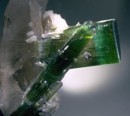
The research is focused on the generation, investigation and manipulation of micro- and nanoscopic structures. The structures are composed of organic molecules on inorganic surfaces. The context of the various projects are Materials Science and Bioscience. Scanning Probe Microscopy (AFM, STM) and spectroscopy techniques (Raman, UV/Vis) are used for investigations. In addition, theoretical approaches (Computational Chemistry) are applied.
For more details please view our homepage.
